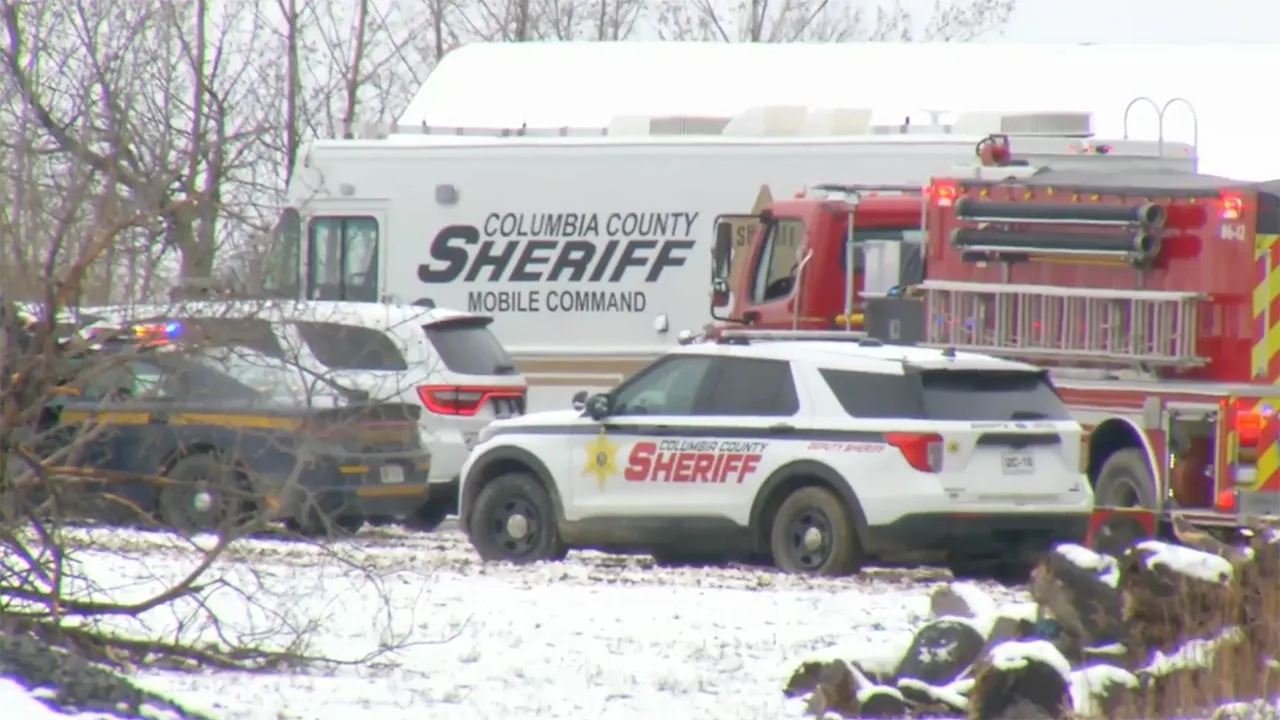FAA Launches Investigation into Upstate New York Plane Crash Involving Six Passengers
The Federal Aviation Administration (FAA) has opened an investigation into a fatal plane crash near Lake Placid, New York, that occurred on the morning of June 12, 2024. The single-engine Piper PA-32 carrying six passengers crashed under unclear circumstances, sparking concerns about regional aviation safety and emergency response protocols in mountainous terrain.
Crash Details Emerge as Recovery Efforts Continue
First responders reached the wreckage site in the Adirondack Mountains approximately three hours after the aircraft disappeared from radar. State police confirmed all six individuals aboard perished in the impact, which left the aircraft fragmented across a wooded area. The flight had departed from Westchester County Airport en route to Saranac Lake when it encountered difficulties.
- Time of incident: 9:47 AM EDT (radar loss)
- Aircraft type: 1976 Piper Cherokee Six
- Registration: N734SP (private ownership)
- Weather conditions: Light rain with 2-mile visibility
Aviation Experts Weigh In on Possible Causes
While the FAA and NTSB have not released preliminary findings, aviation safety specialists suggest multiple factors could have contributed to the accident. The aircraft was operating under visual flight rules (VFR) in conditions that some pilots describe as challenging for mountain navigation.
“This area presents unique microclimate challenges,” said retired commercial pilot and flight instructor Martin Kowalski. “Sudden wind shear and rapidly changing visibility have claimed numerous aircraft over the decades. The NTSB will need to examine maintenance records, pilot experience with mountain flying, and potential spatial disorientation factors.”
Data from the FAA’s Aviation Safety Information Analysis and Sharing (ASIAS) system reveals:
- General aviation accidents account for 94% of U.S. civil aviation fatalities
- Mountainous terrain contributes to 28% higher fatality rates in crashes
- Controlled flight into terrain (CFIT) causes approximately 17% of fatal GA accidents annually
Community Impact and Regulatory Scrutiny Intensify
The crash has reignited debates about oversight of private charter operations and aging aircraft fleets. The 48-year-old Piper involved in the accident had undergone its last major inspection in February 2024, according to FAA records. However, some aviation advocates argue current maintenance requirements for private aircraft lack sufficient rigor.
“We’re seeing too many preventable tragedies,” asserted National Transportation Safety Board member Dr. Lila Chen during a press briefing. “While the investigation remains ongoing, this incident underscores the need for enhanced terrain awareness systems and more frequent operational checks for aircraft operating in high-risk environments.”
Local authorities have established a family assistance center as investigators work to recover the flight data recorder. The Adirondack Regional Airport temporarily grounded similar aircraft pending review of their maintenance logs.
Broader Implications for Regional Aviation Safety
This accident marks the third fatal general aviation crash in New York state this year, according to NTSB statistics. The pattern has prompted calls for:
- Mandatory terrain awareness training for pilots flying in mountainous regions
- Accelerated adoption of ADS-B technology in older aircraft
- Revised weather minimums for flights through the Adirondack corridor
Aviation attorney Rebecca Morales notes: “The legal ramifications could be significant if investigators uncover maintenance lapses or operational errors. New York’s complex weather patterns demand higher safety margins than FAA minimums provide.”
What Comes Next in the Investigation Process
The NTSB expects to release a preliminary report within 30 days, though a full investigation may take 12-18 months. Key next steps include:
- Wreckage reconstruction at the NTSB laboratory
- Radar data analysis and ATC communications review
- Pilot medical and training record examination
- Engine and airframe component testing
As families mourn their loved ones, the aviation community awaits answers that could shape future safety regulations. For those traveling by private aircraft, experts recommend verifying operator credentials and insisting on modern safety equipment, even when not legally required.
Readers affected by this incident can find resources through the FAA’s Family Assistance Program at 1-866-835-5322. Aviation professionals are encouraged to review the latest safety bulletins at www.faa.gov/newsroom.
See more NY Times Report



